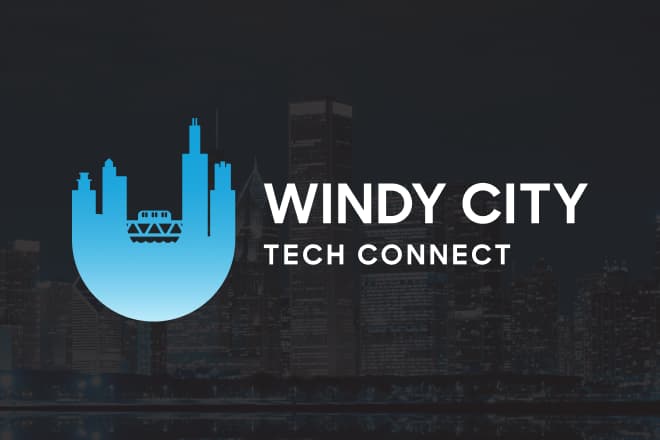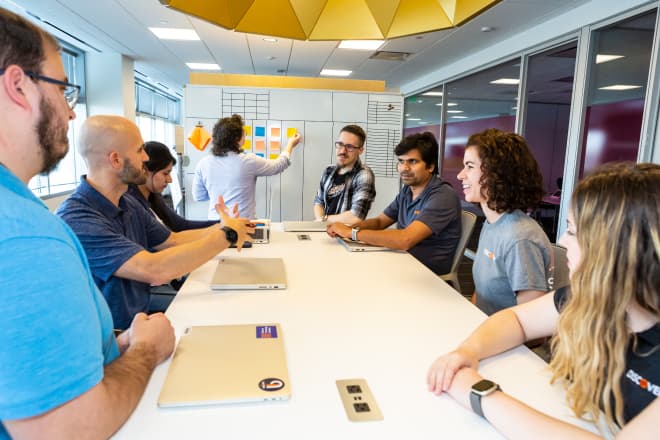Many business leaders came out of the pandemic with their fingers crossed that things would get back to “normal” for the way in which companies operate. Now we are seeing companies having to deal with big industry-wide challenges. Issues like whether or not a recession is actually coming, changes in the way organizations are making decisions about spending, dealing with employment and inflation, along with broader economic concerns. With these added industry challenges, there are a few ways that companies can leverage technology to stay ahead of the curve. Companies that invested in digital will find themselves at an advantage.
We have this unprecedented convergence of world events which includes the COVID-19 pandemic, the resulting changes to the workplace and inflation. Companies that invested in digital innovation will be in a better position to react to these macroeconomic changes and stay a step ahead of competitors.
Companies should consider implementing technology that addresses the changes to how and where we work. The hybrid environment is here to stay, so companies need technology that works for their employees and allows them to better do their jobs whenever and wherever they are - whether that's from the office 1-2 days a week or from their homes. Not only does this technology address demands of the current workforce, but it also opens the door to finding and bringing in new talent.
Make sure employees know how their work is impactful
Historically we looked at workflow in a project structure, but now we build things in a very product-centric way. No matter what stage of the customer journey our employees are focusing on, we want to draw a very clear line between what the agile team is working on and how that drives value for our customers.
We have found that employees are more motivated by understanding how their work is impacting the bottom line. Giving them ownership and full focus on one part of the value chain helps build their understanding of how they are directly impacting a cardmember or a merchant partner. Finding the right cloud model will be key.
At Discover, we use an open, hybrid, fit-for-purpose multi-cloud strategy. Open technologies are an important part of giving diversity in choice. Hybrid is important because we know that we have workloads that will run in various places. Fit-for-purpose means you need to deal with the concentration risk issue but also prioritize where workloads get the best value.
Concentration risk is real because at the end of the day, the financial institution owns the full risk, not the cloud operators. The downside to a multi-cloud approach is that we must test multiple cloud environments, which requires costly and time-intensive resources. But there are tools that eliminate the need for repeat costs across cloud environments and can help reduce the time put into each. We feel that this standardization could be very impactful across the industry.
Hybrid cloud will be the direction companies move for the foreseeable future. Off-premise clouds offer some interesting and valuable use cases, but not all workloads are a good candidate for off premise clouds without major architectural and engineering changes. When dealing with the high volume transaction processing workloads that Discover deals with, every millisecond matters. It is essential to ensure the on-premise portion of the hybrid model stays in focus.
Put security first
The security of our customers’ information and transactions is the most important part of building trust with them. The ability to secure customer information is built into the fabric of everything we do.
As part of our digital transformation called Runway, one of the pillars is the reliability and security of this infrastructure. It is the bread and butter of what we do every day and the most important thing on our mind when we think about what we bring to our customers. It is difficult to think of a scenario where we don’t put security first in everything we do.
Your ability to adapt will be the way you succeed
Companies need to adapt to the changing needs of employees and customers. The way we drive value in society is by what we bring to the customer through technology. Over the past few years we saw many things change in terms of how we work and the economy, and it all comes down to how we adapt to those changes to continue to bring innovation and value.



